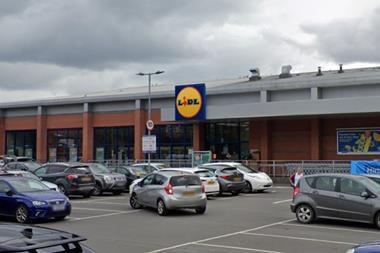Editor: With regard to your recent story (‘Derelict high streets could provide 500,000 homes’), it is true that converting empty shops could provide urgently needed homes and help stimulate the recovery of town centres. There are also important environmental benefits to repurposing space in this way.

But the danger with big, headline figures like this is that we underestimate the work needed to turn commercial spaces into high-quality places to live in.
Much of that space will be totally unsuited for living accommodation in its current form. There are far too many examples of poorly designed former shop buildings where residents have been left with inadequate daylight and ventilation, a lack of privacy and few suitable facilities or amenities such as outdoor space.
The pandemic has shown us all the importance of our homes. And it has left a lot of us with changing expectations on the right space in which to live, sleep and, increasingly, work – ideally, with distinct spaces for each.
We also should expect community-led and shared facilities that will help to improve our quality of life and wellbeing, such as private outdoor space and shared allotments.
These are all things developers need to take into account. If they get it right, they will attract new residents into town centres and, in turn, provide a real boost to local economies.
Otherwise, these initiatives will again fail to take off and we will be left with yet more empty space on our high streets. When it comes to creating new homes, quality should always trump quantity.
Jonathan Pearson, director, Residentially Chartered Surveyors





























No comments yet